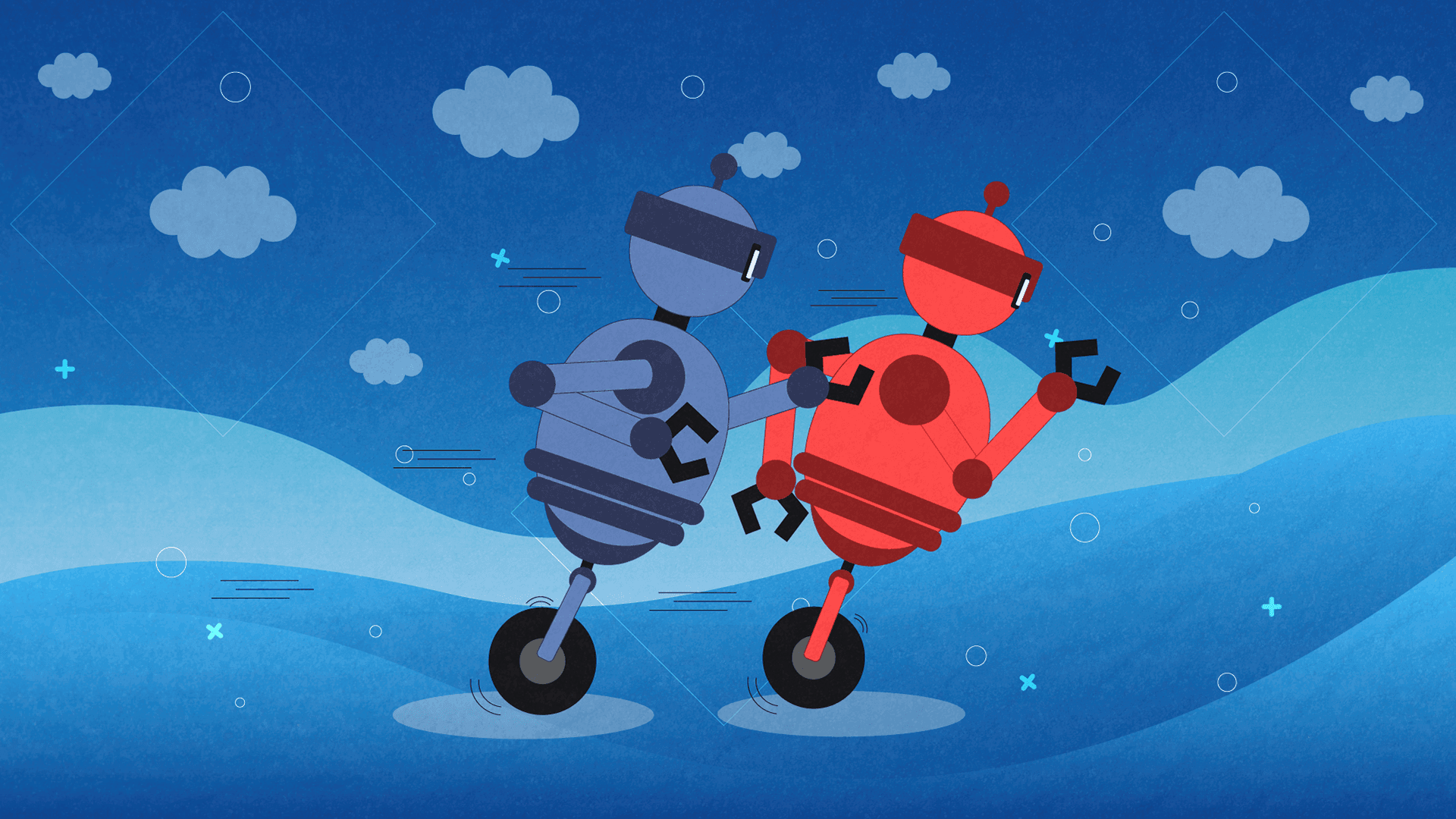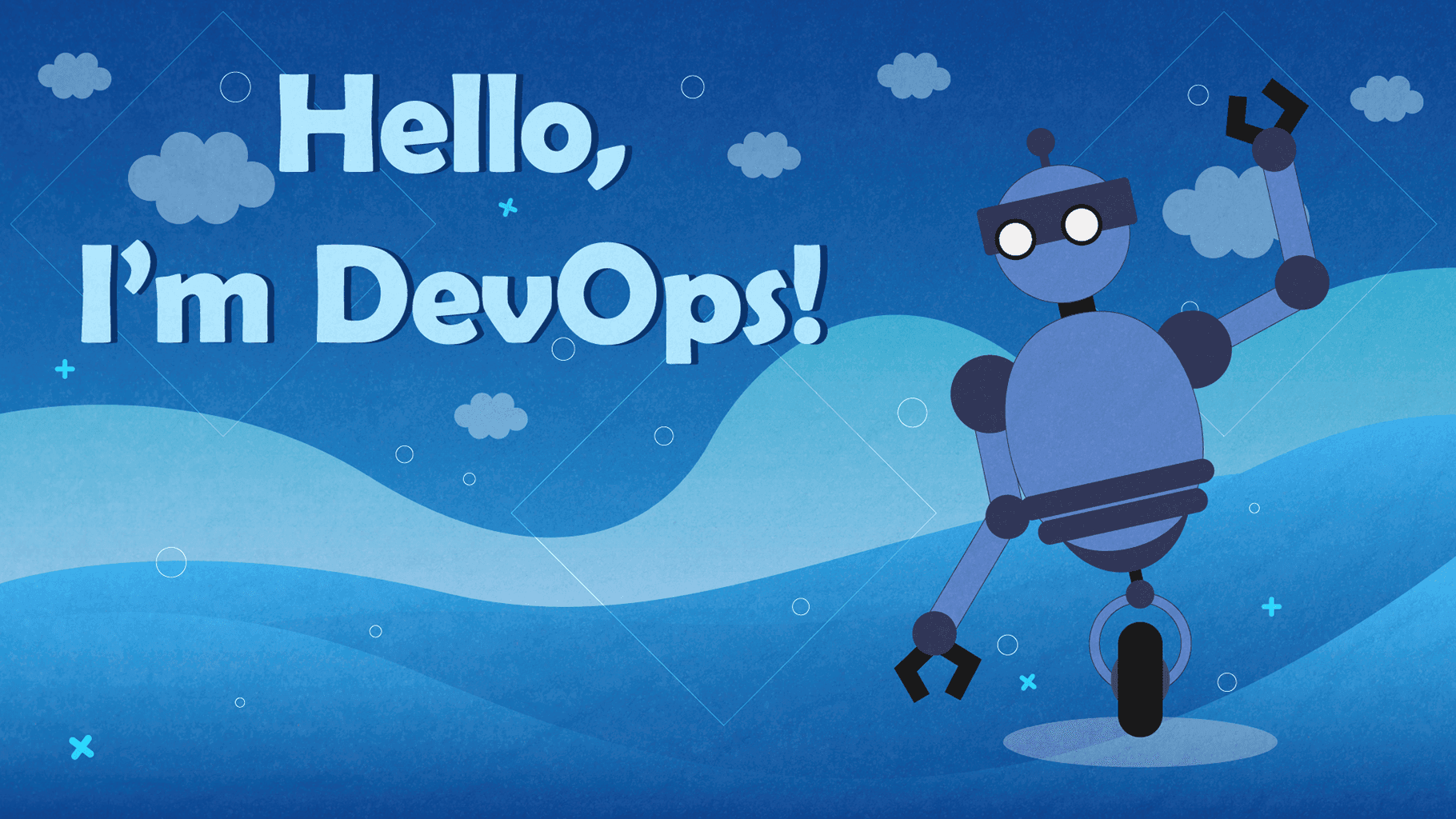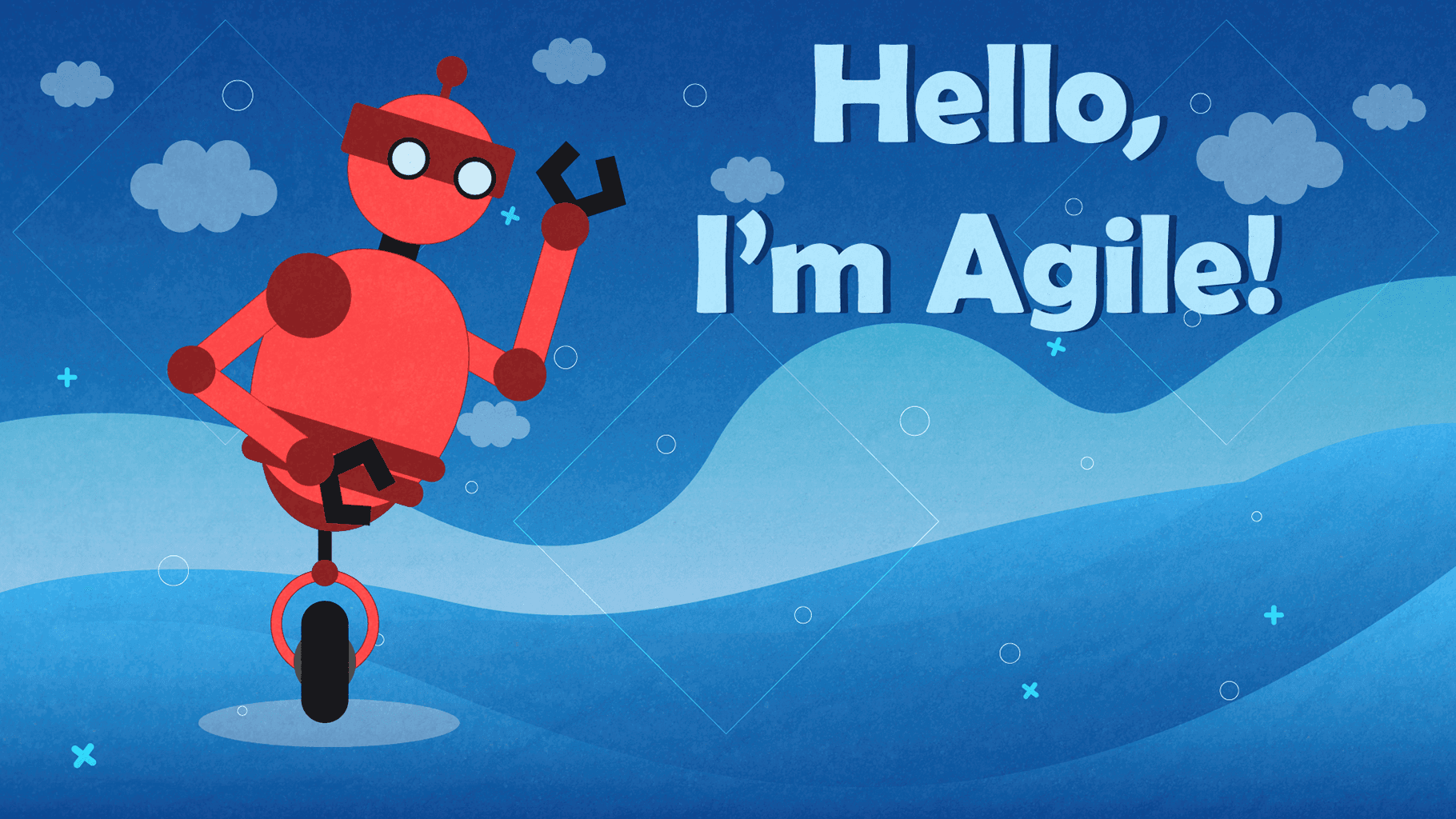DevOps vs Agile: Understanding the Key Difference

As promised, we’re expanding our DevOps knowledge base on the blog.
Last week, we covered the basics of DevOps. What it is, what’s the north star of every DevOps team, what tools are important to know, etc.
This week, we’re going a bit deeper into the subject matter and comparing DevOps with Agile.
The reason why we’re focusing on this is rather simple: both DevOps and Agile are two extremely popular software development methodologies that help developers offer an end-product fast and clean. But, in spite of its high adoption in the software development community, people still struggle to set these two methodologies apart. Almost everyone is sold on both DevOps and Agile, but problems emerge when they’re forced to opt for one of these methods.
To help you make an educated choice, in today’s blog post we’re going to cover what each methodology encompasses and how they compare to one another.
What is DevOps?

Before getting granular, it’s important to once again walk through the basic information. In case you didn’t have the chance to read our previous blog post, here’s the TL;DR version of what is DevOps and what it stands for:
"DevOps" is an amalgamation of the words "development" and "operations." In this context, DevOps is used to describe a process framework that ensures that the collaboration between the development and operations teams runs smoothly throughout the entire programming production process.
The main goal of any DevOps team help is to remove blockers from the production process and enhance the speed and quality of deliverables.
What is Agile?

Agile is a process framework that is based on the continuous iteration of development and testing in the SDLC process. Agile promotes iterative, incremental, and evolutionary development.
The main point of Agile development is to break the product into smaller pieces (which are called “user stories”). These are then prioritized and delivered continuously in short cycles which are called “iterations”.
Agile can be implemented in many ways, including scrum, kanban, scrum, XP, etc.
The goal of Agile is absolute customer satisfaction. This means that the focus of each iteration should be built around the idea of providing a higher-quality solution for the customer.
For the agile approach to actually bring results, cross-functional teams work in so-called “sprints” of 2 weeks to 2 months.
Every sprint is focused on the same end result: to build useful software that can be given to the customers for testing. After the customer finishes playing around with the MVP, feedback gets submitter and then the developers take that information back with them and use it for designing a plan for the future iteration of the product. The work is organized into a backlog that is prioritized based on business or customer value.
What are the Key Differences Between DevOps and Agile?
Factors that differentiate DevOps from Agile can be grouped in the following buckets:
-
Objective - Agile focuses on quick development of high-quality software products, DevOps focuses on fast and reliable deployment.
-
Team structure - Agile is focused on making collaboration more efficient between developers and testers, while DevOps focuses on bringing cross-functional teams together and enabling them to do better and faster work.
-
Processes and practices - Agile uses Kanban, Scrum, etc., DevOps focuses on continuous testing (CT), Continuous Deployment (CD), Continuous Integration (CI), etc.
-
Documentation - Agile teams are usually light on documentation. It doesn’t play a big role because Agile teams have constant meetings and most of the things are verbalized face to face. For DevOps, things are different. Detailed documentation is an unavoidable part of the process. To get cross-functioning teams together, companies need to have extensive information at hand that clearly explains new software releases and their specifications.
-
Deployment - Agile is all about working in small increments known as sprints, and the duration of a sprint can range from a few weeks to a month. DevOps teams deploy more frequent releases, often even multiple releases in a single day.
-
Skillset - Agile teams are made of people with similar skillsets, while DevOps teams bring together people with completely different skills (developments and operations).
-
Feedback - Agile teams get their feedback from the customers (or people who are meant to use the product they’re building), while DevOps teams exclusively get feedback internally. The feedback comes from other team members who are focused on facilitating faster deliveries.
Some People Think about DevOps as Agile 2.0

Fundamentally, DevOps is focused on bringing two large siloed teams (Development & Operations) together while Agile is focused on improving collaboration within multiple teams working together on a single project.
Agile is used to help nurture innovation and cater to the changing needs of the client, while DevOps is there to bridge the gap between the Development and Operations teams and help them faster and better facilitate deliveries.
Even though they differ in significant points, both Agile and DevOps are conceptualized around automation testing.
Comparing DevOps to Agile and vice versa is an interesting thing. Some IT professionals believe that DevOps is a successor to Agile.
Yes, Agile has several distinct advantages over the software development models that existed before it, but when we zoom out and look at the big picture - DevOps does have an edge over Agile.
Of course, DevOps should not be seen as a replacement for Agile. In a way, DevOps is more of an extension to the principles of Agile because it brings software deployment and operations teams to the SLDC.
DevOps and Agile Don’t Cancel Each Other Out
DevOps and Agile can work in tandem. As we wrote above, DevOps is a sort of successor to Agile, but that doesn’t mean that these two approaches won’t work in pairs.
We have seen cases where DevOps and Agile worked well like peanut butter and jelly.
If you think about both of these methodologies right, they can actually be complementary to each other.
Here’s now:
DevOps promotes a fully automated continuous integration and deployment pipeline to enable frequent releases, while Agile provides the ability to rapidly adapt to the changing requirements and better collaboration between different smaller teams.
When applied in tandem, these two methodologies can enable organizations to develop and implement technology in record time. In addition to that, the customer centricity aspect of both approaches will positively affect quality. Customer needs will always be top of mind, regardless of what type of technology you are developing. That alone will do wonders for adoptions rates and understanding of how the software is being used, and how it needs to evolve to fully meet the needs of the customers. Over to You
Thank you for reading our latest blog post. We hoped that it helped you understand how DevOps and Agile rank against each other and what aspects you need to understand about both of these approaches before you start using them.
As you can see from everything written above, both Agile and DevOps seek to bring the end-user value, more efficiently.
Obviously, both of these methodologies tackle similar problems, but from different angles. Agile focuses on making developers and development cycles more efficient, while DevOps brings the operations team into play to enable continuous integration and continuous delivery.
If you have any questions about the topic covered here or interest in getting our help executing your next app - feel free to reach to us here!